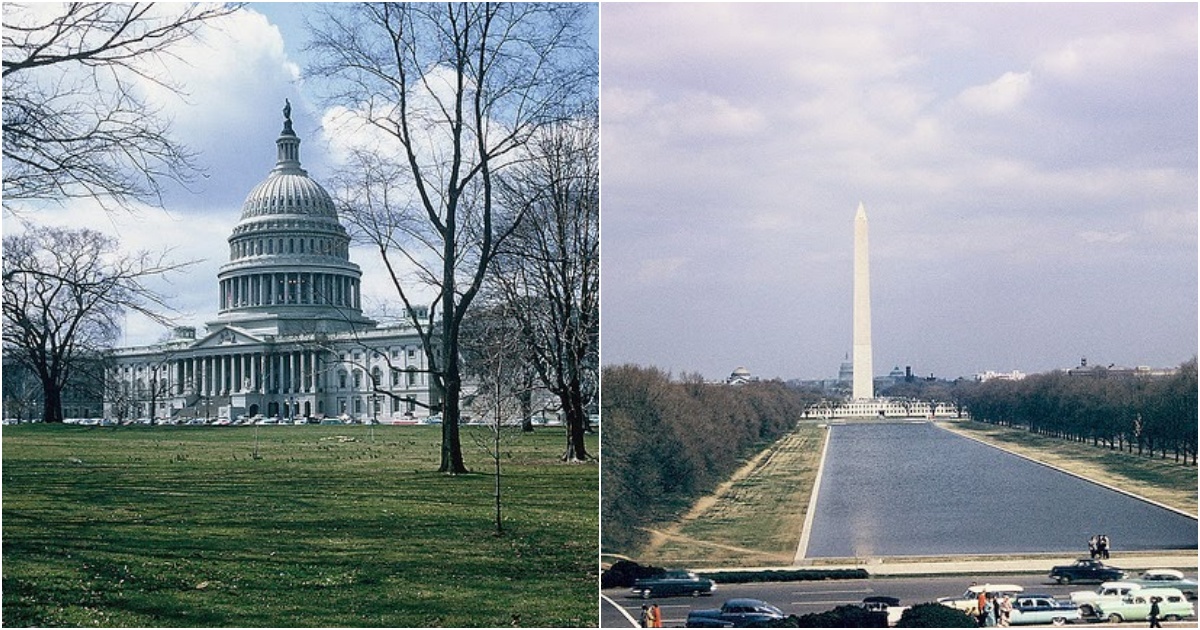
Atlantic City, New Jersey, 1962.
These fascinating vintage images show Atlantic City in the 1960s before gambling was legalized and huge hotel chains moved in. The images are part of Glen Fairweather’s collection.
The city was incorporated on May 1, 1854, from portions of Egg Harbor Township and Galloway Township. It is located on Absecon Island and borders Absecon, Brigantine, Egg Harbor Township, Galloway Township, Pleasantville, Ventnor City, and the Atlantic Ocean.
Atlantic City’s proximity to major population centers, coupled with convenient, inexpensive train access, allowed thousands to flee hot cities and enjoy summer pleasures at the cool seashore.
The city grew rapidly and offered lodging, dining, entertainment, and amusements for all ages, tastes, and incomes. Attractions such as the Boardwalk, amusement piers, floor shows, and beauty pageants drew throngs of visitors, including many famous people, throughout the years.
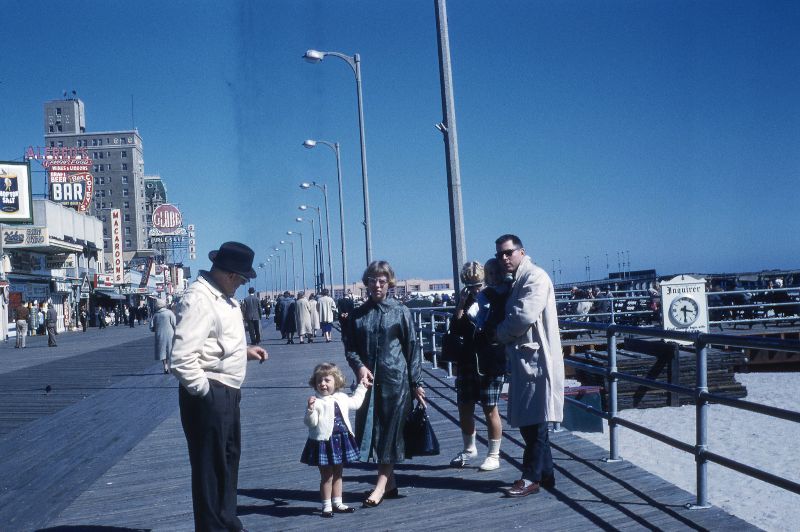 From the 1880s to 1940s, Atlantic City was a major vacation resort. In the 1920s it was considered the premier tryout town for theatrical productions headed for Broadway and beyond.
From the 1880s to 1940s, Atlantic City was a major vacation resort. In the 1920s it was considered the premier tryout town for theatrical productions headed for Broadway and beyond.
Beginning in the 1930s and continuing in the next three decades, Kentucky Avenue was renowned for its nightlife, with Club Harlem and other venues attracting the best talent and biggest stars from the world of jazz.
During World War II, the city offered much more than entertainment distractions, as it served as a training site for military recruits and a recovery and rehabilitation center for wounded soldiers.
In the 1950s, as air travel to vacation spots in Florida and the Caribbean became more widely available, Atlantic City’s popularity as a resort destination began to decline.
By the 1960s, the city was beset with the economic and social problems common to many urban centers at the time. With an economy entirely dependent on tourists who were now shunning the decaying resort, the city reached its nadir.
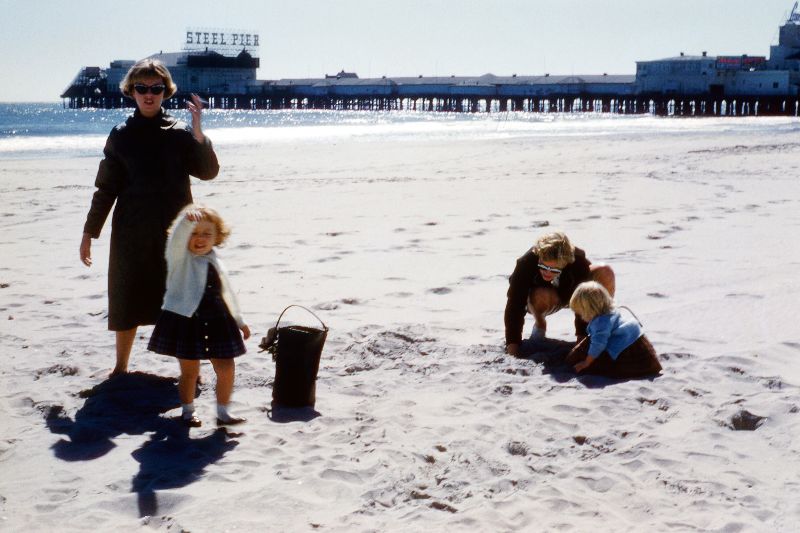 During this time, many of the resort’s once-great hotels were suffering from high vacancy rates. Most of them were either shut down, converted to cheap apartments, or converted to nursing home facilities by the end of the decade.
During this time, many of the resort’s once-great hotels were suffering from high vacancy rates. Most of them were either shut down, converted to cheap apartments, or converted to nursing home facilities by the end of the decade.
Prior to and during the advent of legalized gambling, many of these hotels were demolished. The Breakers, The Chelsea, the Brighton, the Shelburne, the Mayflower, the Traymore, and the Marlborough-Blenheim were demolished in the 1970s and 1980s.
Of the many pre-casino resorts that bordered the boardwalk, only the Claridge, the Dennis, the Ritz-Carlton, and the Haddon Hall survive to this day as parts of Bally’s Atlantic City, a condo complex, and Resorts Atlantic City.
The old Ambassador Hotel was purchased by Ramada in 1978 and was gutted to become the Tropicana Casino and Resort Atlantic City, only reusing the steelwork of the original building. Smaller hotels off the boardwalk, such as the Madison also survived.

Under Boardwalk, Atlantic City, 1961.
In an effort at revitalizing the city, New Jersey voters in 1976 passed a referendum, approving casino gambling for Atlantic City; this came after a 1974 referendum on legalized gambling failed to pass.
Immediately after the legislation passed, the owners of the Chalfonte-Haddon Hall Hotel began converting it into Resorts International. It was the first legal casino in the eastern United States when it opened on May 26, 1978.
Other casinos were soon constructed along the Boardwalk and, later, in the marina district for a total of nine today. The introduction of gambling did not, however, quickly eliminate many of the urban problems that plagued Atlantic City.
Many people have suggested that it only served to exacerbate those problems, as attested to by the stark contrast between tourism intensive areas and the adjacent impoverished working-class neighborhoods.
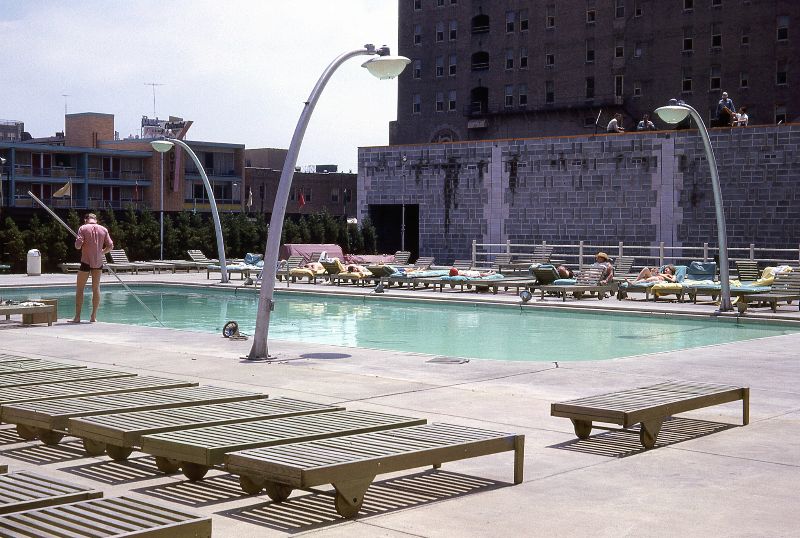
At a swimming pool of a hotel in Atlantic City, New Jersey, 1962.
In addition, Atlantic City has been less popular than Las Vegas as a gambling city in the United States. Donald Trump helped bring big name boxing bouts to the city to attract customers to his casinos.
The boxer Mike Tyson had most of his fights in Atlantic City in the 1980s, which helped Atlantic City achieve nationwide attention as a gambling resort.
Numerous highrise condominiums were built for use as permanent residences or second homes. By the end of the decade, it was one of the most popular tourist destinations in the United States.
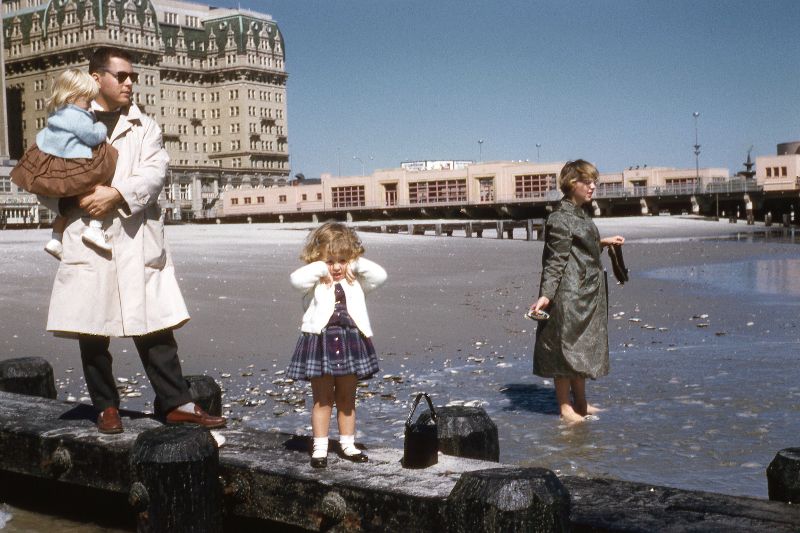 Color Photos Capture Atlantic City Before the Casinos, 1960s
Color Photos Capture Atlantic City Before the Casinos, 1960s
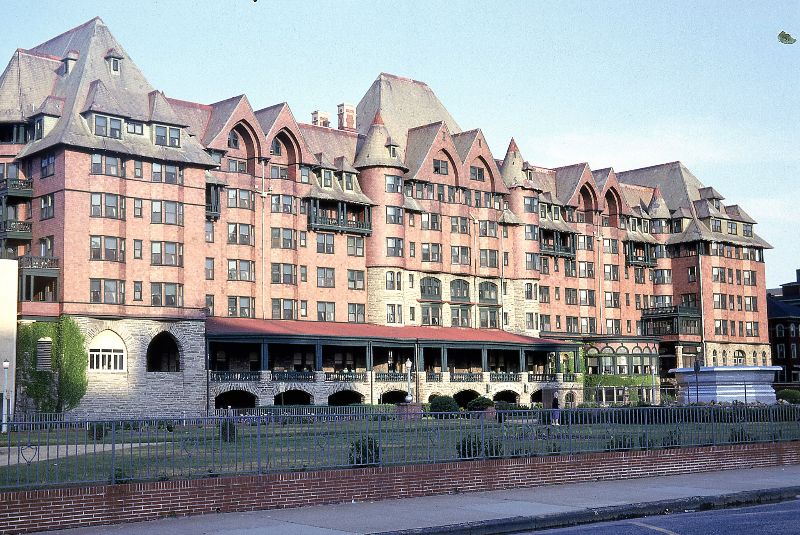 Color Photos Capture Atlantic City Before the Casinos, 1960s
Color Photos Capture Atlantic City Before the Casinos, 1960s
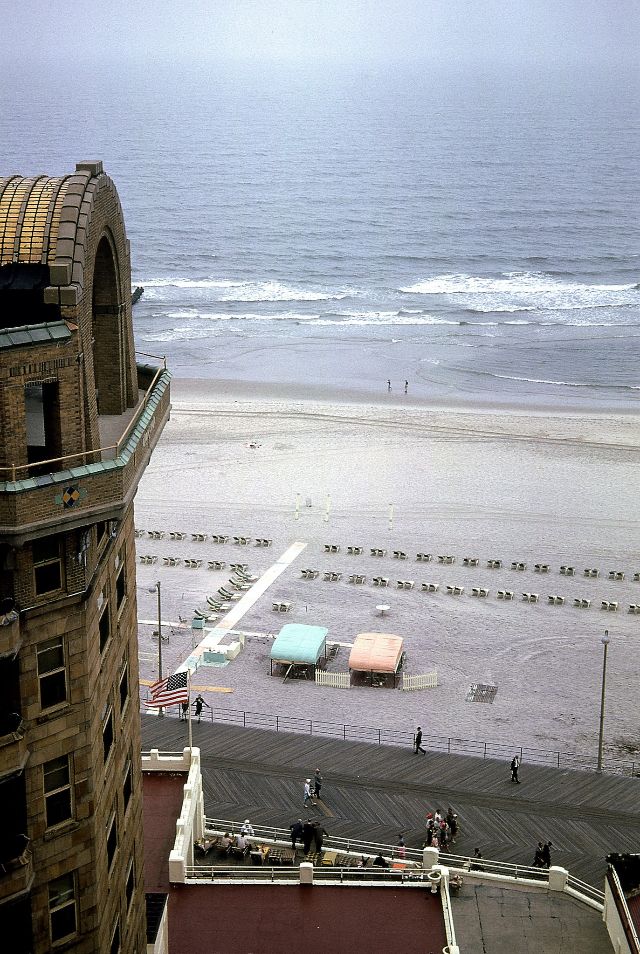 Color Photos Capture Atlantic City Before the Casinos, 1960s
Color Photos Capture Atlantic City Before the Casinos, 1960s
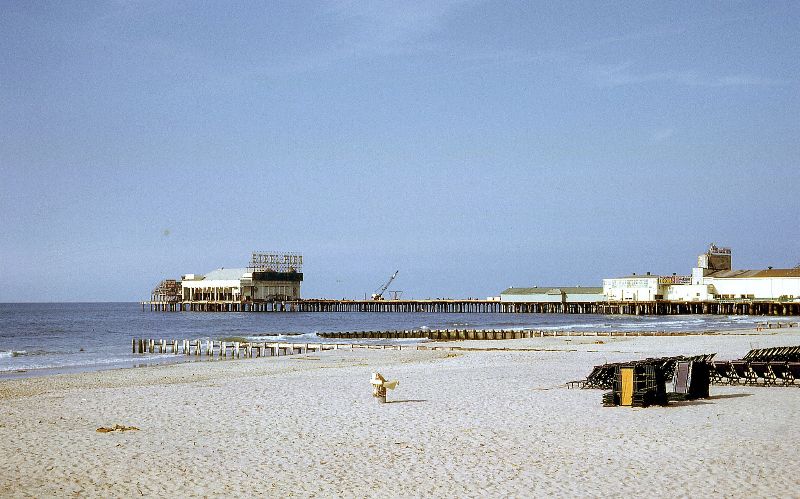 Color Photos Capture Atlantic City Before the Casinos, 1960s
Color Photos Capture Atlantic City Before the Casinos, 1960s
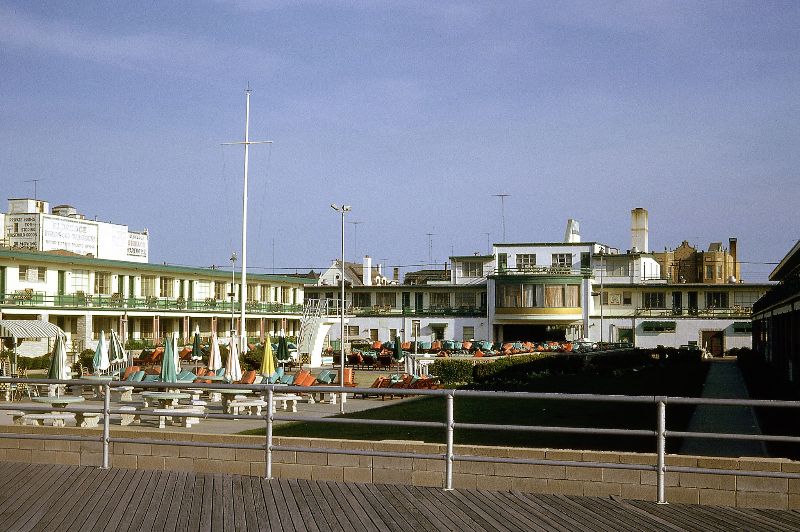 Color Photos Capture Atlantic City Before the Casinos, 1960s
Color Photos Capture Atlantic City Before the Casinos, 1960s

Boardwalk Hall, Atlantic City, 1962.
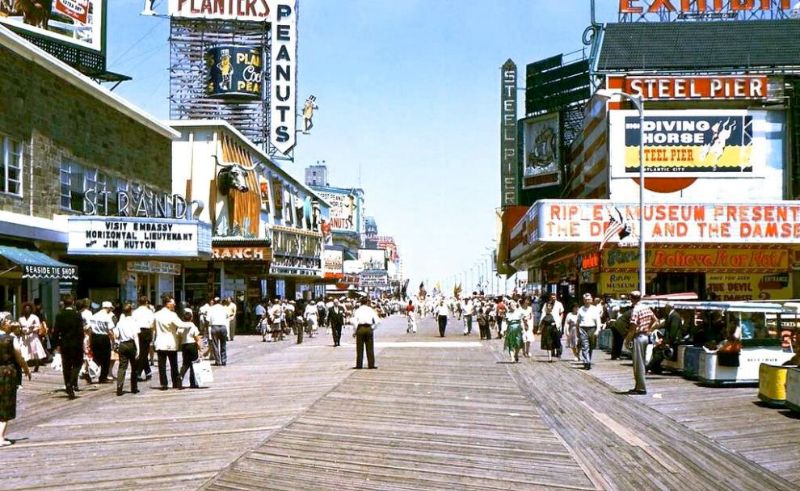 Color Photos Capture Atlantic City Before the Casinos, 1960s
Color Photos Capture Atlantic City Before the Casinos, 1960s
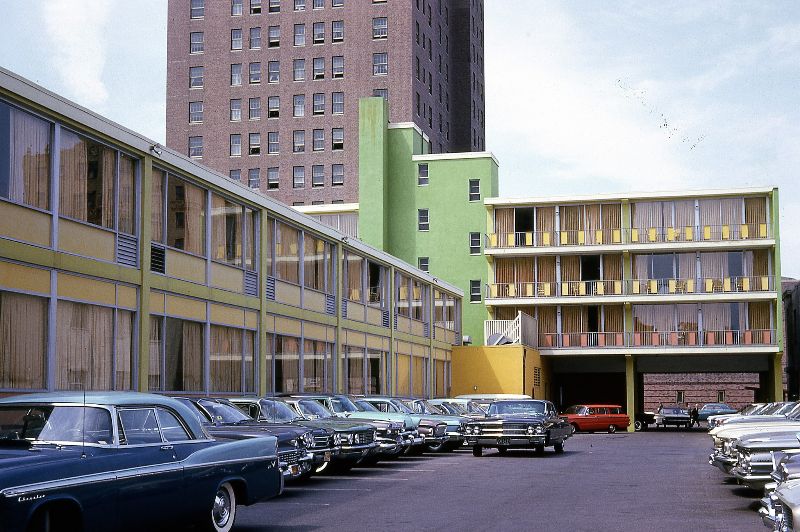
Colony Motel, Atlantic City, 1962.
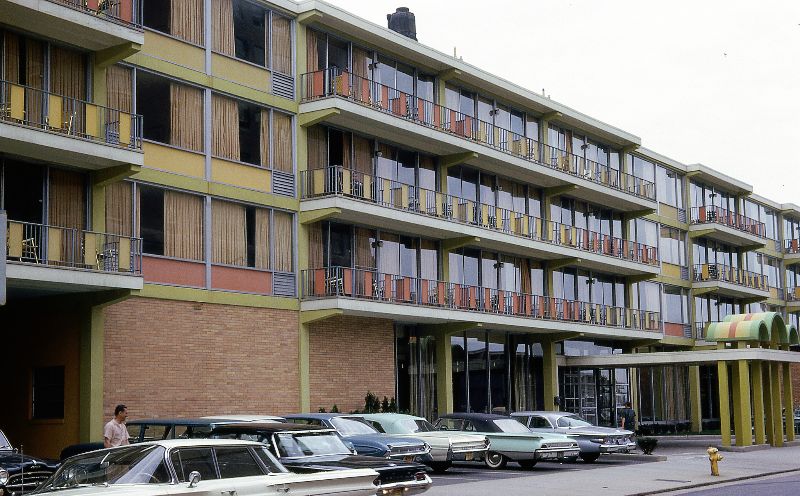 Color Photos Capture Atlantic City Before the Casinos, 1960s
Color Photos Capture Atlantic City Before the Casinos, 1960s
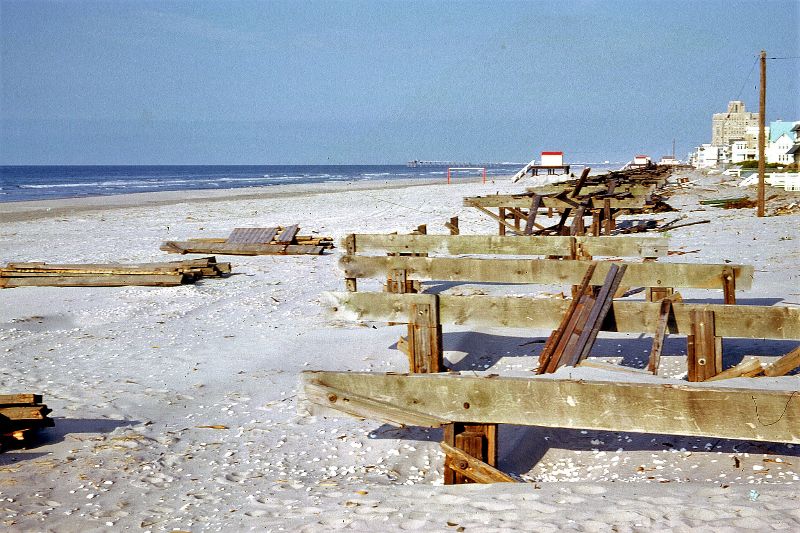
Storm damage at Atlantic City, 1962.
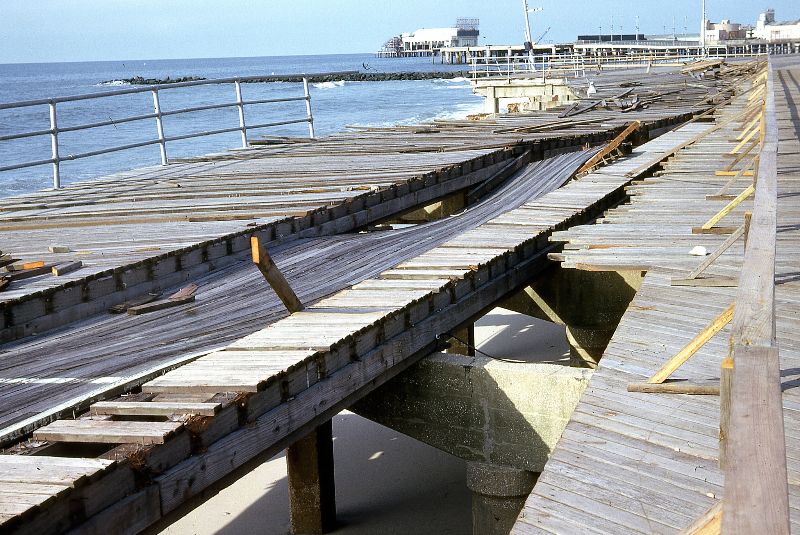 Color Photos Capture Atlantic City Before the Casinos, 1960s
Color Photos Capture Atlantic City Before the Casinos, 1960s
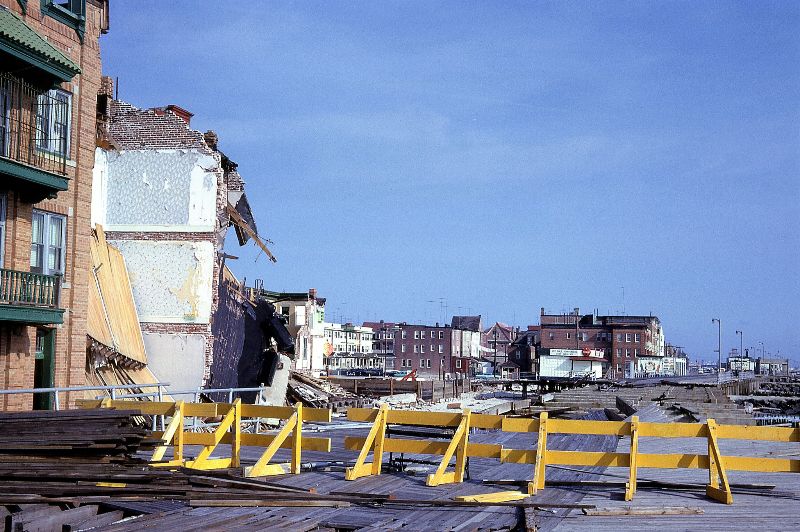 Color Photos Capture Atlantic City Before the Casinos, 1960s
Color Photos Capture Atlantic City Before the Casinos, 1960s
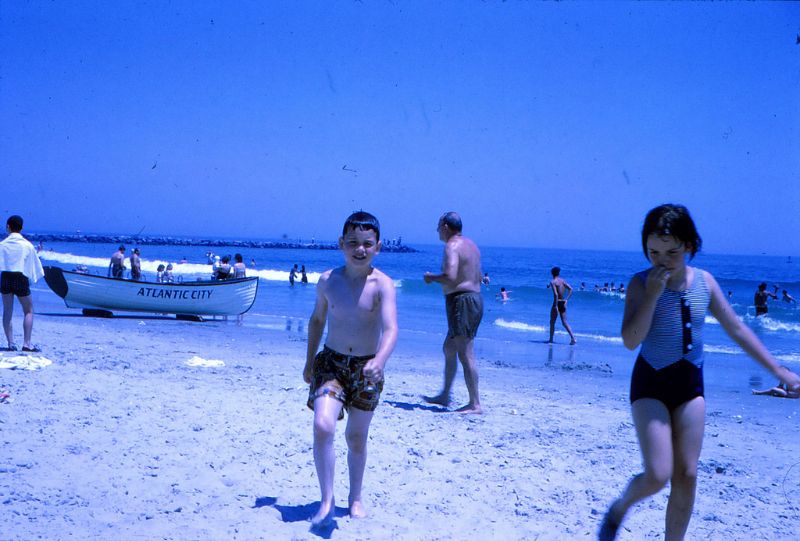 Color Photos Capture Atlantic City Before the Casinos, 1960s
Color Photos Capture Atlantic City Before the Casinos, 1960s
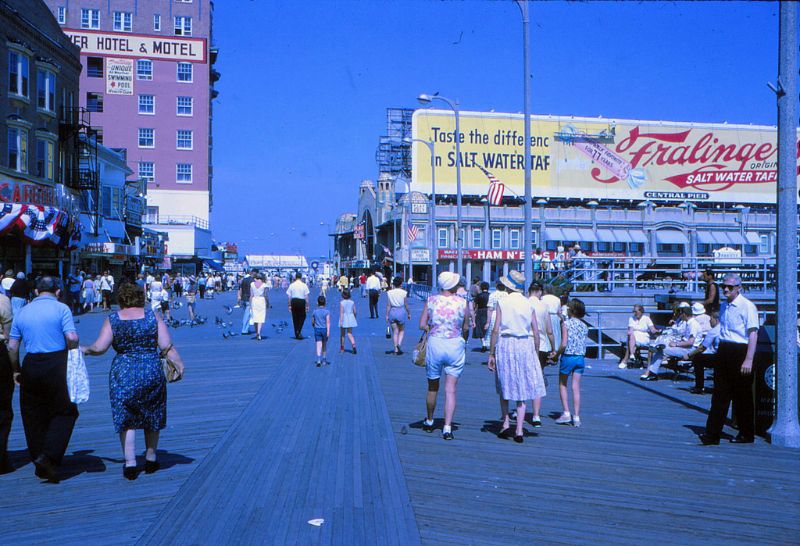 Color Photos Capture Atlantic City Before the Casinos, 1960s
Color Photos Capture Atlantic City Before the Casinos, 1960s
 Color Photos Capture Atlantic City Before the Casinos, 1960s
Color Photos Capture Atlantic City Before the Casinos, 1960s
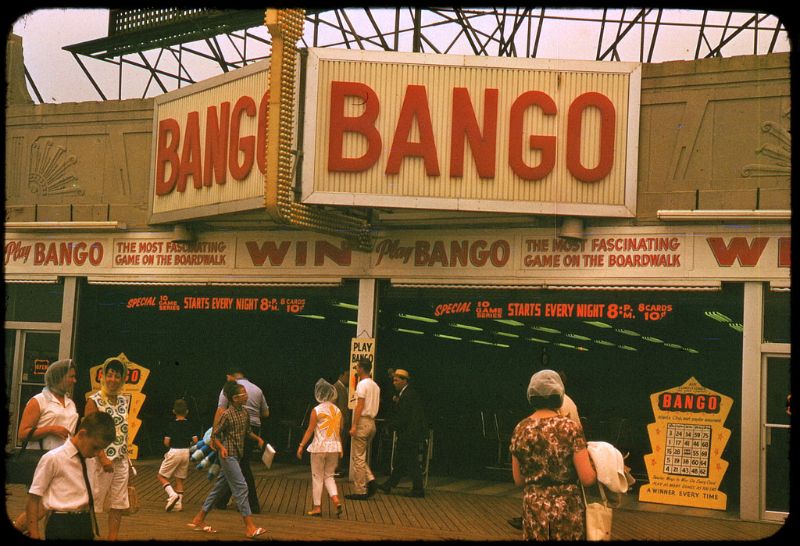 Color Photos Capture Atlantic City Before the Casinos, 1960s
Color Photos Capture Atlantic City Before the Casinos, 1960s
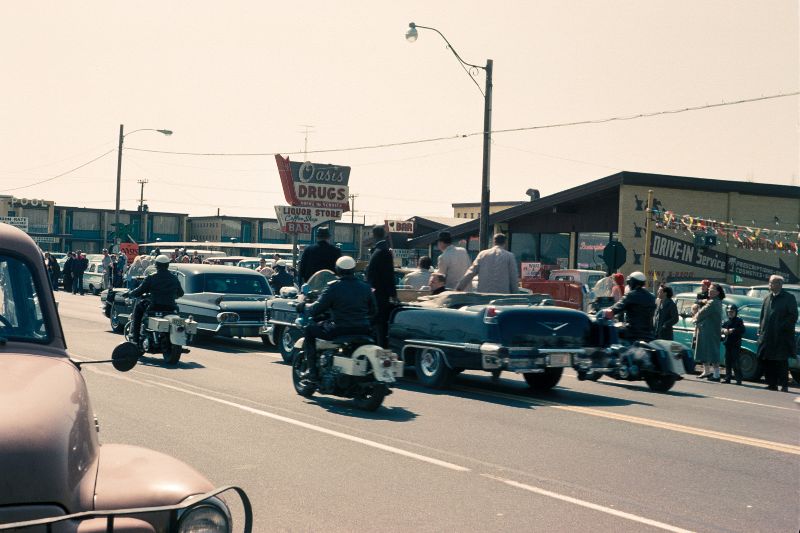
President Johnsons visit to Atlantic City before elections, 1964.
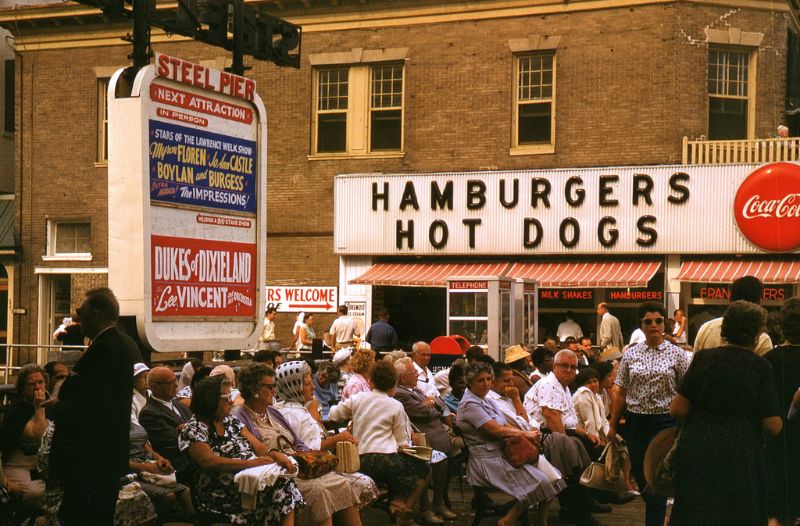
Steel Pier, Atlantic City, 1964.
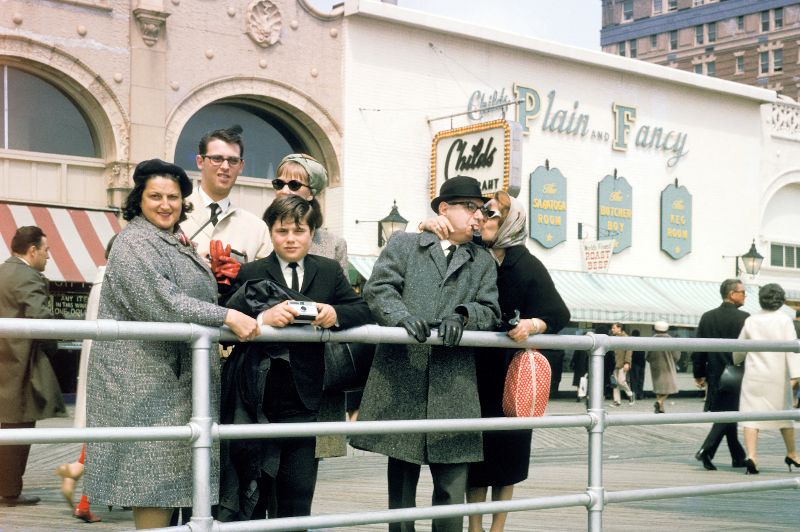 Color Photos Capture Atlantic City Before the Casinos, 1960s
Color Photos Capture Atlantic City Before the Casinos, 1960s

Traymore Hotel, Atlantic City, 1965.
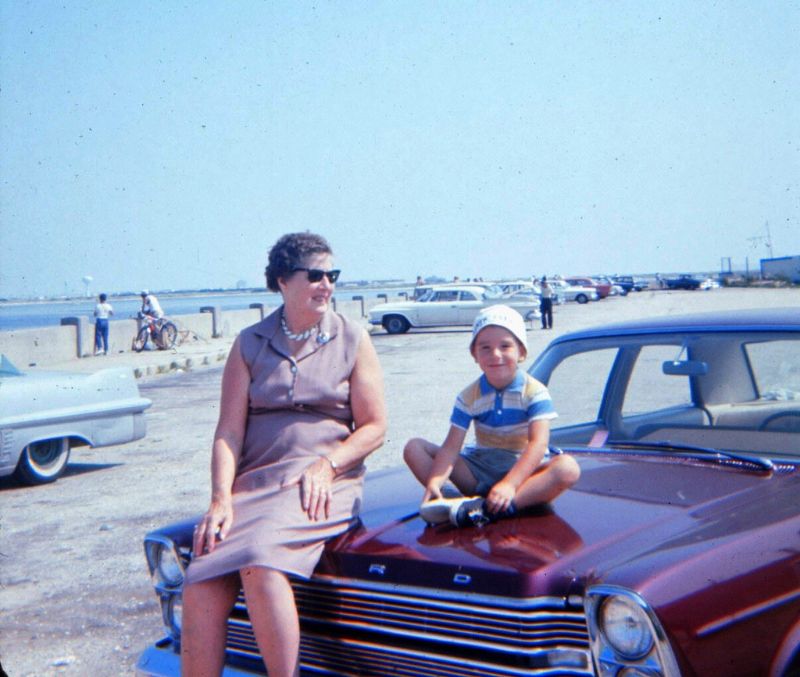 Color Photos Capture Atlantic City Before the Casinos, 1960s
Color Photos Capture Atlantic City Before the Casinos, 1960s
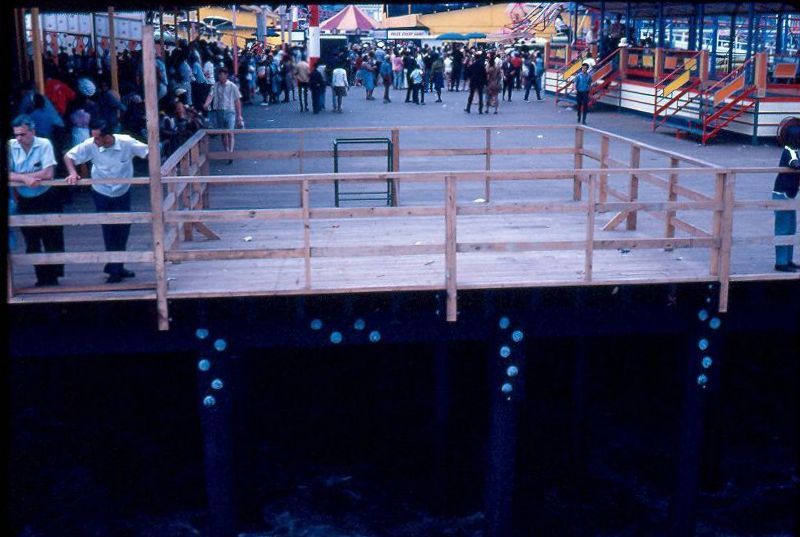 Color Photos Capture Atlantic City Before the Casinos, 1960s
Color Photos Capture Atlantic City Before the Casinos, 1960s
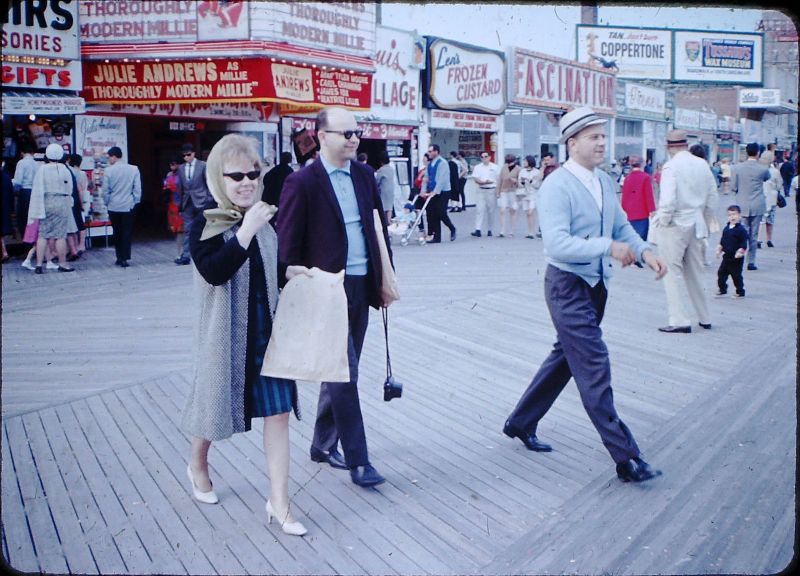
Boardwalk, Atlantic City, June 1967.
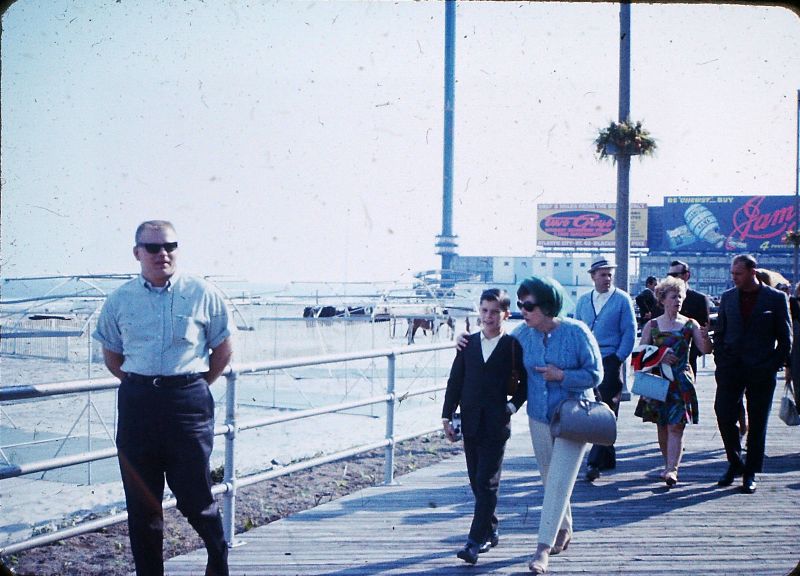 Color Photos Capture Atlantic City Before the Casinos, 1960s
Color Photos Capture Atlantic City Before the Casinos, 1960s
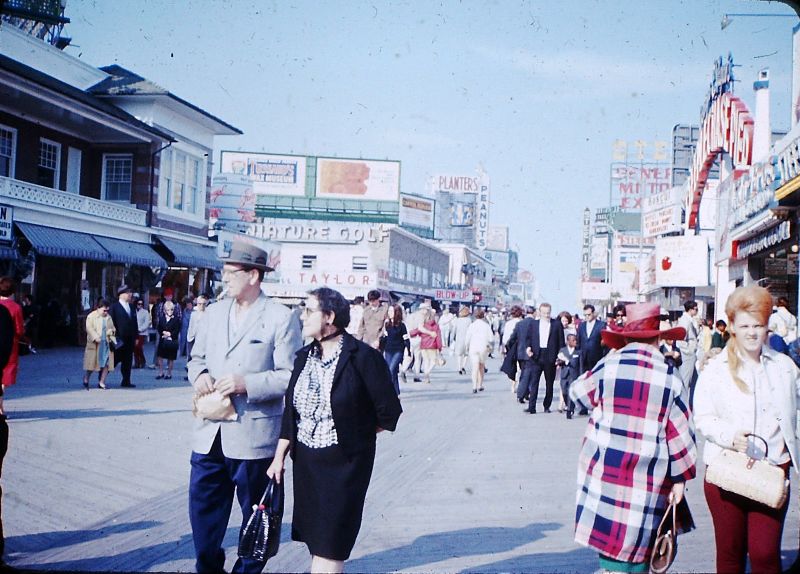 Color Photos Capture Atlantic City Before the Casinos, 1960s
Color Photos Capture Atlantic City Before the Casinos, 1960s
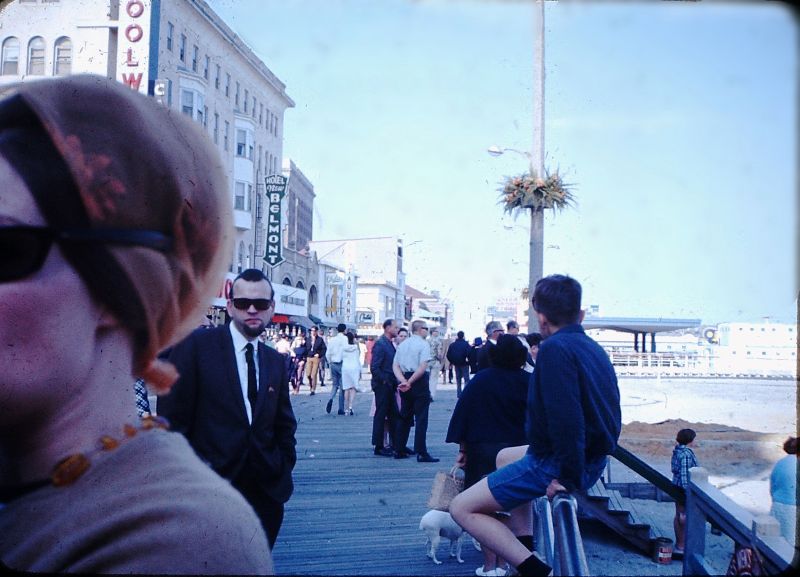 Color Photos Capture Atlantic City Before the Casinos, 1960s
Color Photos Capture Atlantic City Before the Casinos, 1960s
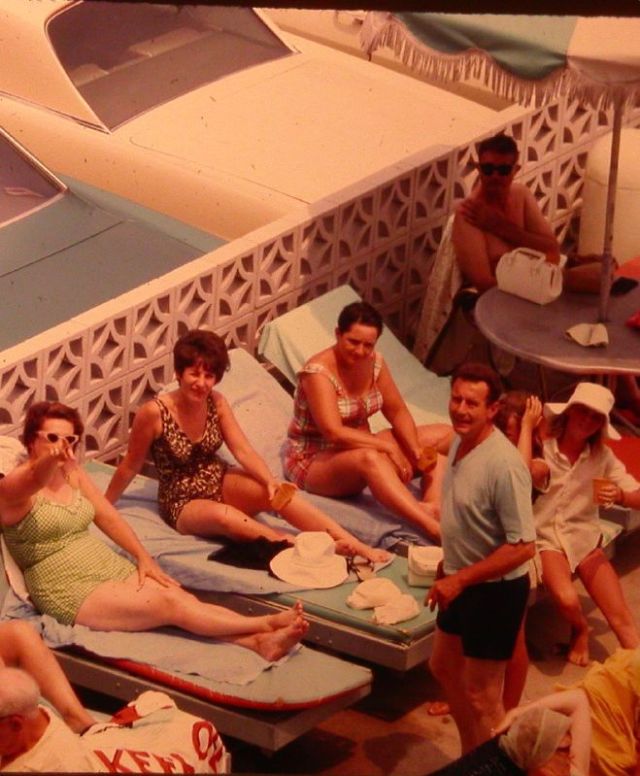
People at pool of a hotel in Atlantic City, 1967.
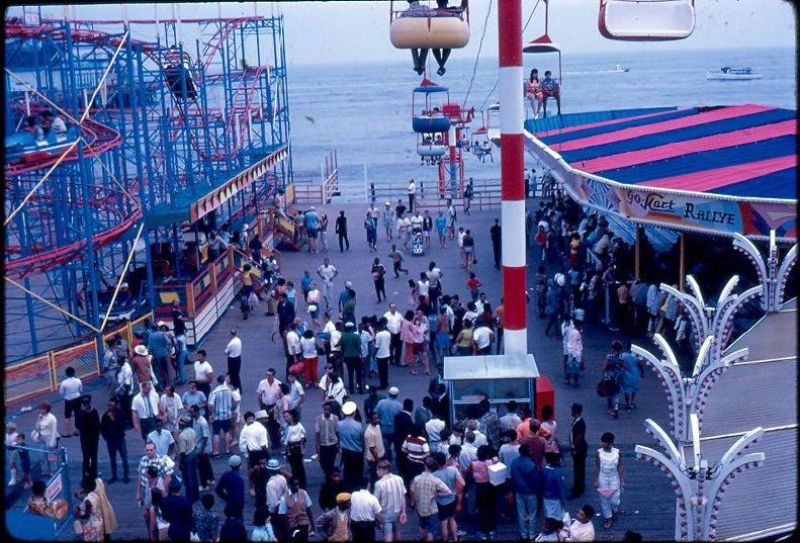
Ride on the Steel Pier, Atlantic City, 1967.
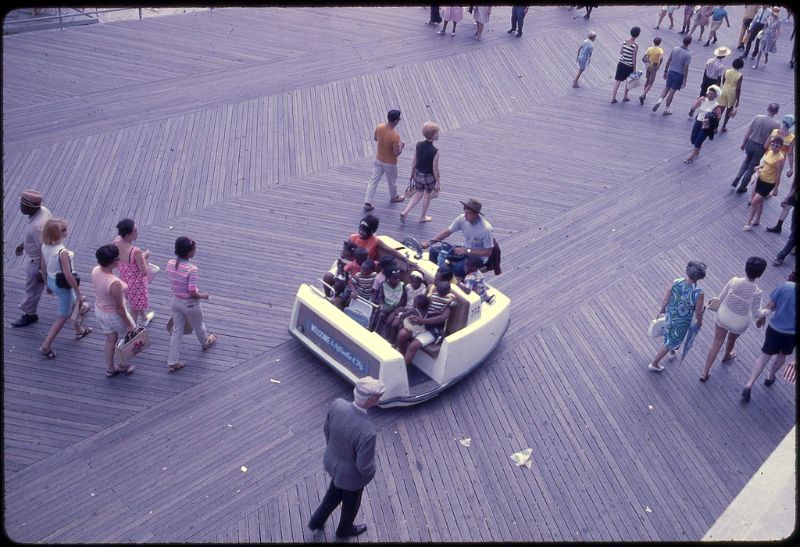
All Aboard, Atlantic City, 1968.
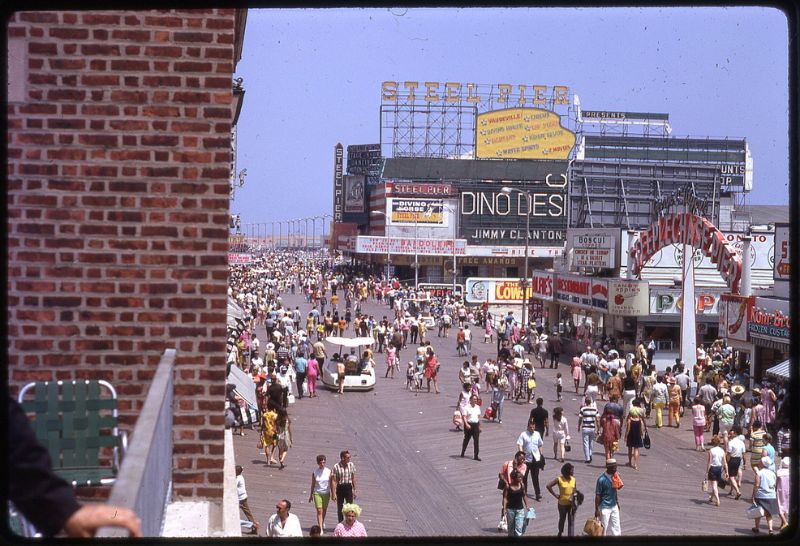 Color Photos Capture Atlantic City Before the Casinos, 1960s
Color Photos Capture Atlantic City Before the Casinos, 1960s
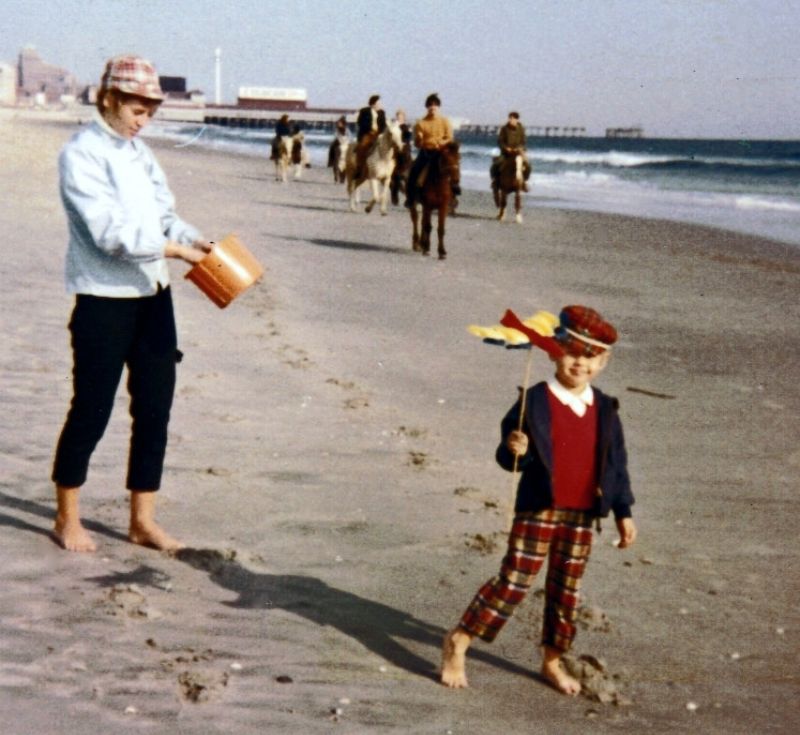
Color Photos Capture Atlantic City Before the Casinos, 1960s
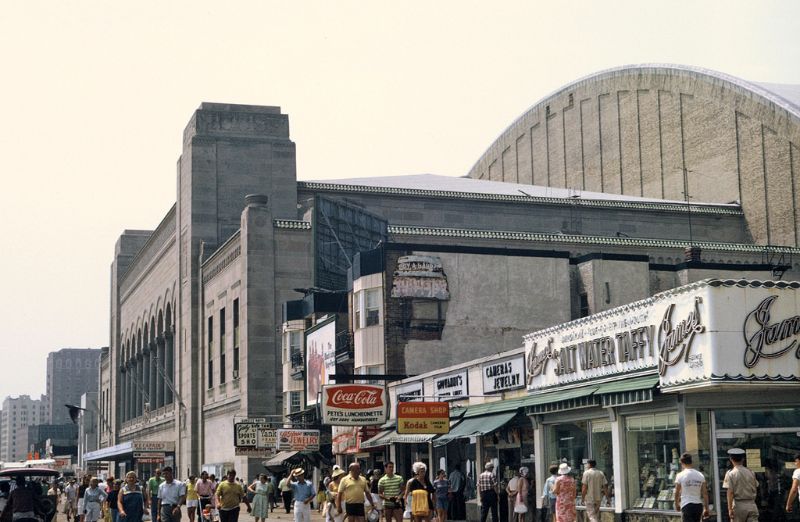
Color Photos Capture Atlantic City Before the Casinos, 1960s
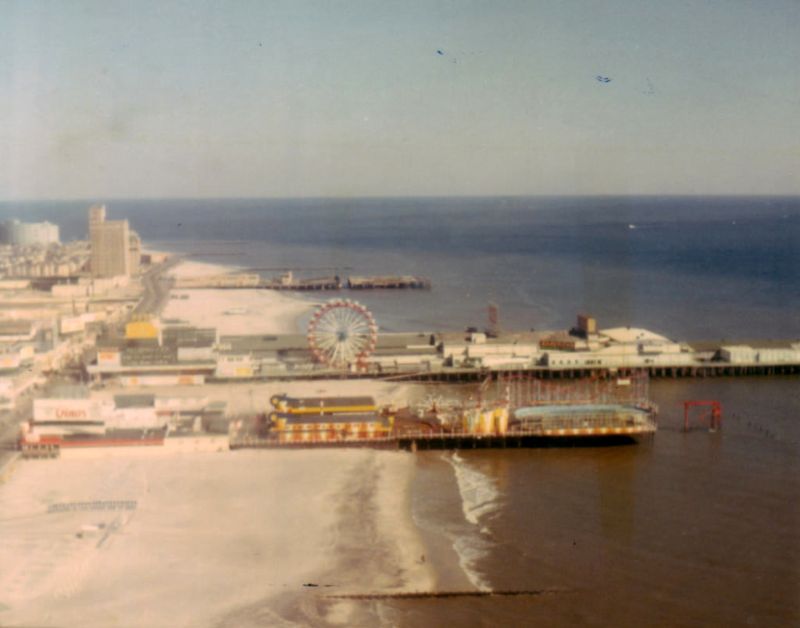
Atlantic City aerial, 1969.
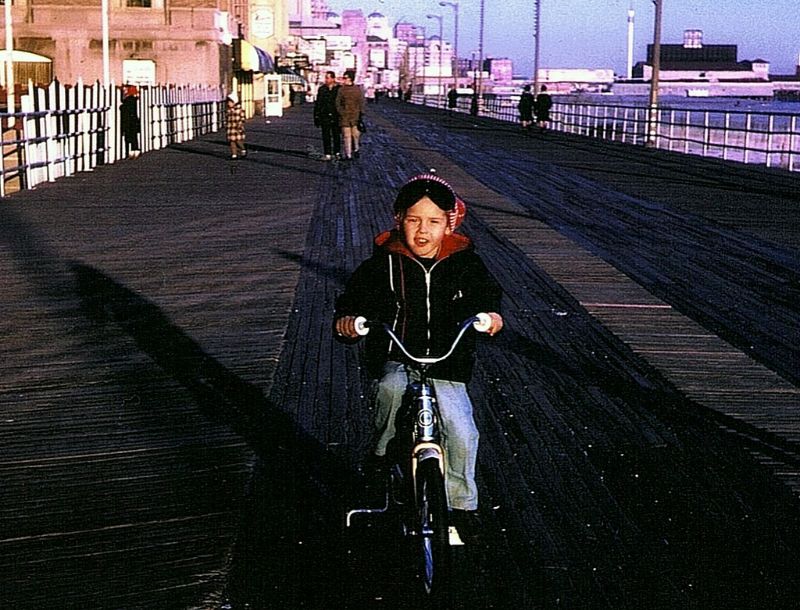
Color Photos Capture Atlantic City Before the Casinos, 1960s
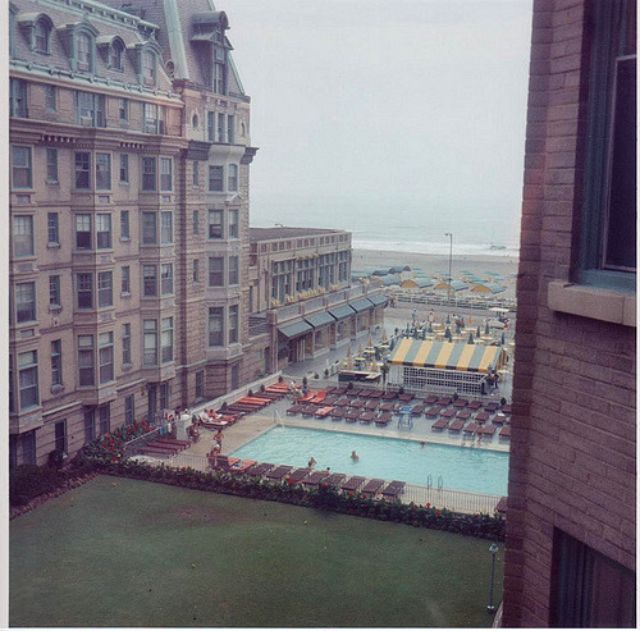
Dennis Hotel, Atlantic City, 1969.



